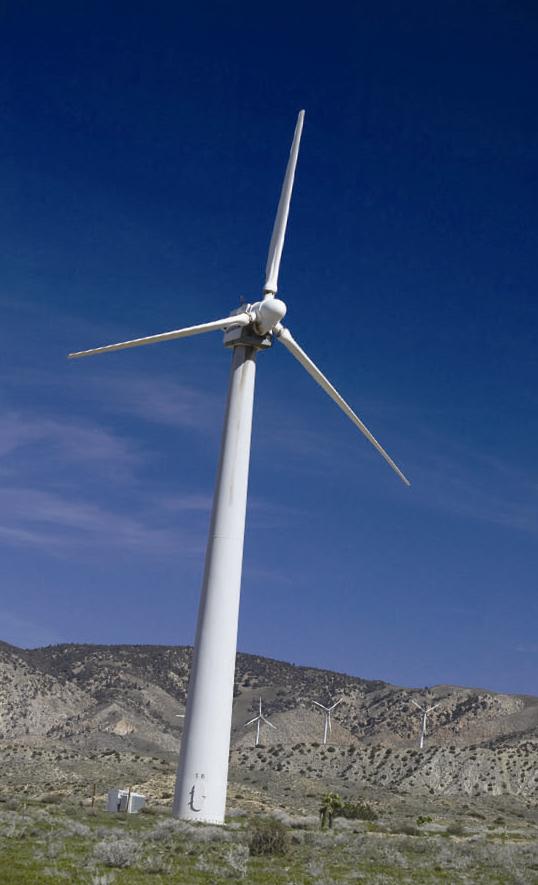The science fair day was pure joy. We had time to wander through the science fair projects and I was truly impressed. Two that stood out was one study tracking wolves, and another where a student (and these are middle school students, I think) developed mathematical models to examine chaos theory. Wow. In junior high I just wondered when I was going to stop looking like a stick insect and attract the attention of boys.
For this challenge our team really did spend about an hour and a half arguing over what idea to pursue. I really wanted to recreate and build on a very famous experiment in social psychology which tests people’s preconceptions and is an alarming testament to how suggestible we are. In 1996, John Bargh and colleagues had college students perform a simple cognition test: they were asked to quickly make sentences from seemingly unrelated words. One half of the participants were given a word list that included the following: “Florida, old, knitting, stubborn, bingo, wise, conservative, alone, ancient and wrinkled,” (Bargh et al. 1996) words that had been previously shown to suggest old age. The other half of the students were given word lists that had no such associations. The students were given the task, then told that it was a test of language comprehension, thanked for their participation, and directed to the elevator. What they were NOT told is that the actual test had nothing to do with whether they could make sentences. The researchers were instead timing how long it took the participants to walk to the elevator. And sure enough, the students who read the list of old, sad words, walked significantly slower than the students who read non-suggestive words (Bargh et al. 1996).
I still think that this would have been an extremely fun experiment to play with – we could have built a maze and measured how long it took people to get through it. However, my team suggested that it might not be a home run if our results were non-significant, and besides, we didn’t have ethics approval. Ethics? On reality television? Whatever. I was a little chapped but acquiesced because let’s face it, Scott’s idea of the air battery was extremely cool.
I didn’t realize this until quite recently, but apparently there is no way to store energy on a large enough scale for it to be useful to our energy grid. All of our energy is provided on demand, leading to a bewildering system of predicting times of peak energy consumption and buying and selling excess energy across the continent. Therefore the biggest hurdle to producers of wind energy is that it might not be windy when the energy is required, and there might be no demand when it’s windy. It had never occurred to me that energy is so difficult to store on a large scale, but when you consider that typical commercial batteries are inefficient, polluting and bulky, it makes sense. So why not then store wind energy as compressed air? It is a brilliant idea – potentially scalable, cheap, and can be deployed in areas of the world where resources are scarce. Discarded tanks abound the world over – attach a windmill, some gears, and bury them – done. You have a wind battery.
Like any great idea it’s much more complicated to really implement something like this and get it to work well, but interestingly the wind battery is a concept that has some traction, and there are a few patents on wind battery designs. But at the end of the challenge the most important realization to me was not any particular new technology, but the incredible power of this sort of guerrilla engineering to change the world. Both teams came up with ideas that were cheap, scalable, and accessible with very little technology for the reason that cheap and reliable solutions for energy and transportation are needed around the world. The experience was so eye-opening for me, someone with no mechanical skills, to see how quickly and easily a determined and smart team could build something useful. It’s one thing to say “never doubt that small group of thoughtful, committed citizens can change the world. Indeed, it’s the only thing that ever has.” (Margaret Mead.) It’s another thing entirely to get a glimmer of how some hard work could make that true.


3 Responses to “Canada’s Greatest Know It All Episode Three: Bridge Over Troubled Waters.”